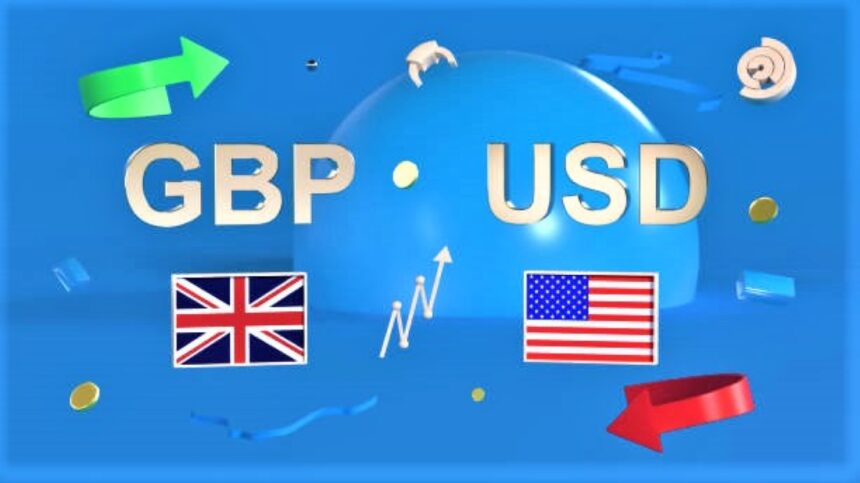Pound sterling is still under pressure from its major peers despite a quicker-than-expected rise in UK inflation that affects BoE rate cut bets for December.
Despite traders’ doubts that the Bank of England (BoE) will lower interest rates again at its December meeting, the Pound fell against the majority of its peers on Thursday. Following the publication of the UK Consumer Price Index (CPI) data for October, market expectations for rate cuts by the BoE next month subsided revealed that price pressures increased more quickly than anticipated on Wednesday.
Ramsden of the BoE is in favor of a less gradual easing strategy because he believes the disinflation trend will continue.
The headline inflation rate for the UK exceed the bank’s target of 2%, the core CPI which does not include volatile items accelerated surprisingly, and the service inflation rate which closely monitored by BoE official grew at a faster rate of 5%. The headline inflation appears to be on pace with the Monetary Policy Committee’s (MPC) initial projections for the month. In November and December, the MPC projected inflation to be 2.4% and 2.5%, respectively.
The inflation data supports the recommendation made by BoE Governor Andrew Bailey to implement a gradual policy-easing strategy during his press conference following the policy decision to lower interest rates by 25 basis points (bps) to 4.75% on November 7.
Conversely, Following the release of the inflation data on Wednesday, BoE Deputy Governor Dave Ramsden stated that he anticipates the economy to “continue to normalize” with a persistent trend toward “low and relatively stable inflation,” according to Bloomberg. Ramsden’s remarks seemed dovish because he stated that if the data began to “point more clearly to further disinflationary pressures,” he would think about taking a less gradual rate-cut approach.
Investors will be closely watching the October Retail Sales data and the Friday release of the S&P Global/CIPS Purchasing Managers Index (PMI) data for November.
Daily Marker Update: The lagging US dollar is tracked by the pound sterling.
In relation to the US Dollar (USD), the pound sterling fluctuates in a narrow range around 1.2650 in London session on Thursday. As investors search for new clues regarding the Federal Reserve’s (Fed) interest rate path, the GBP/USD pair consolidates, following the performance of the US Dollar Index (DXY), which trades silently despite a robust recovery on Wednesday.
Traders recently reduced their December Fed rate cut bets because they anticipate that President-elect Donald Trump’s tax and trade policies will be growth-oriented and inflationary, which would compel the Fed to adopt a more gradual policy-easing strategy.
According to the CME FedWatch tool, the Fed’s likelihood of lowering interest rates by 25 basis points to the 4.25%–4.50% range in December has decreased from 72% a week ago to 52%. Regarding the probable Fed interest rate path, Fed policymakers hold conflicting views.
Fed anticipated to make fewer interest rate cuts in the future because of high inflation outlook.
Wednesday, the Boston Fed Susan Collins, the president of the bank, expressed confidence that inflation will stay on course to meet the bank’s 2% target, but she stressed the necessity of gradually moving the monetary policy away from its current restrictive state and towards a neutral range. “It’s concerning to me that we’re recalibrating policy, but we haven’t yet achieved our inflation goal,” stated Fed Governor Michelle Bowman.









